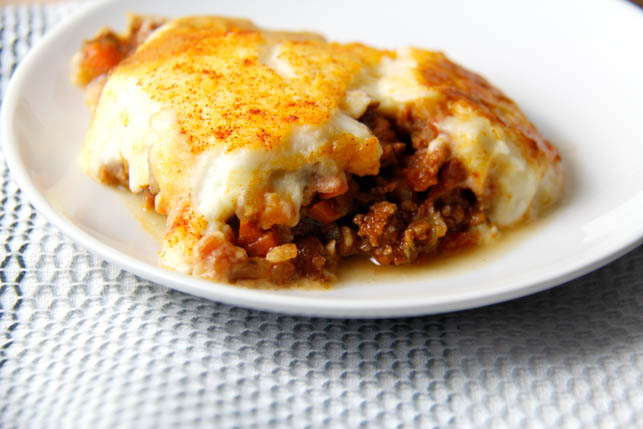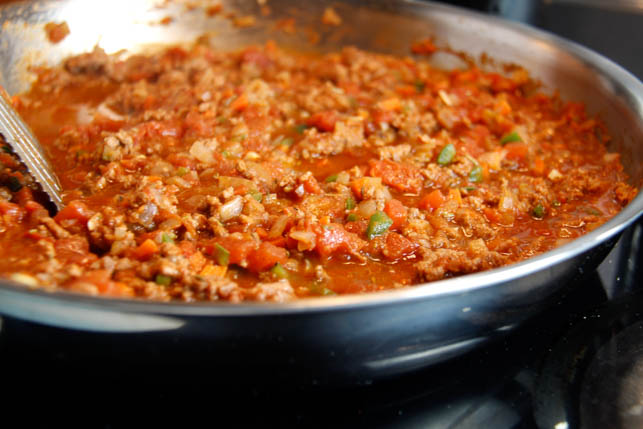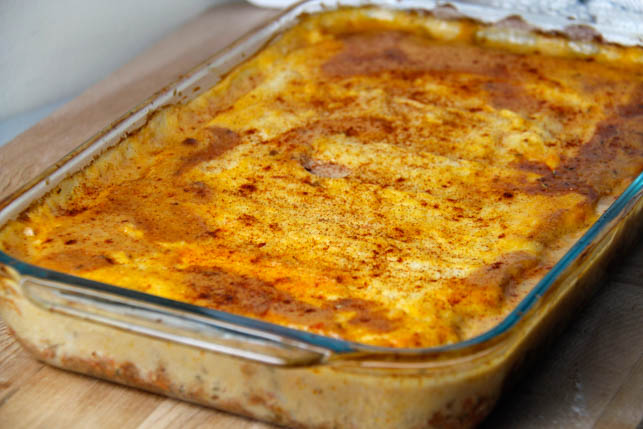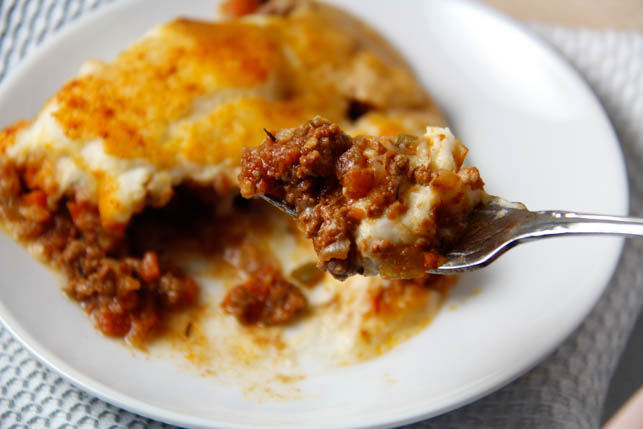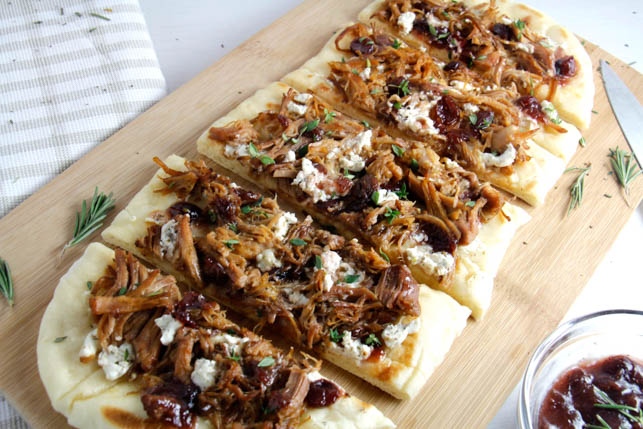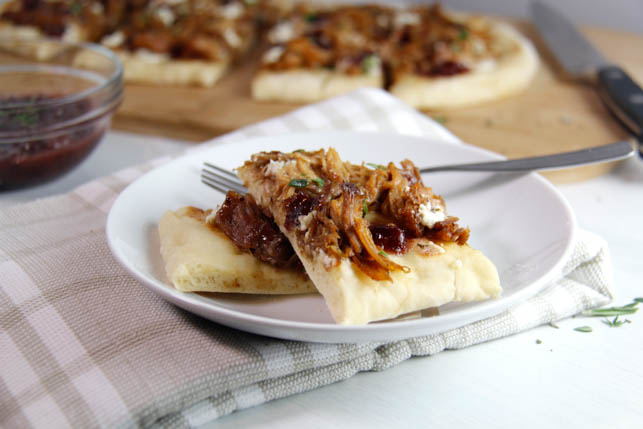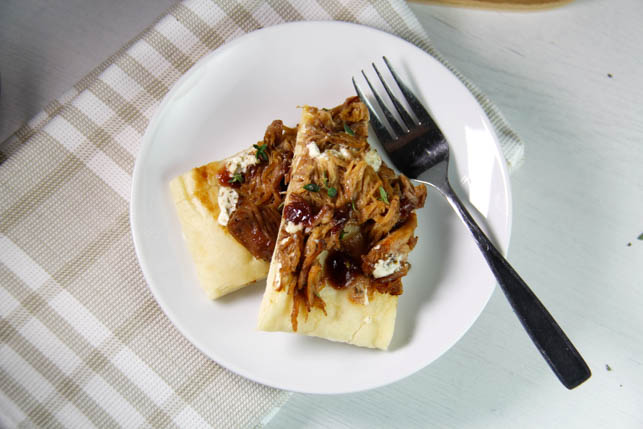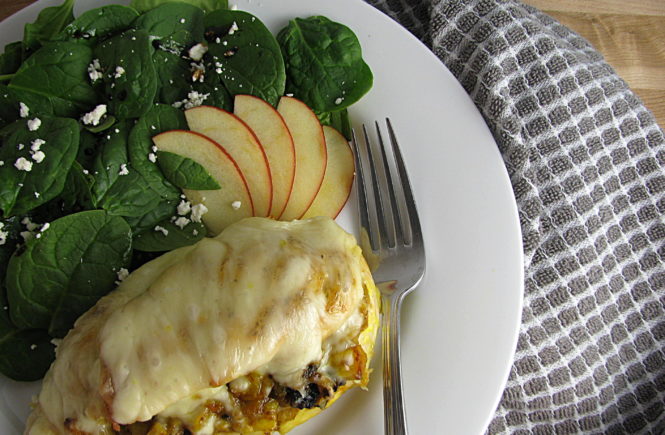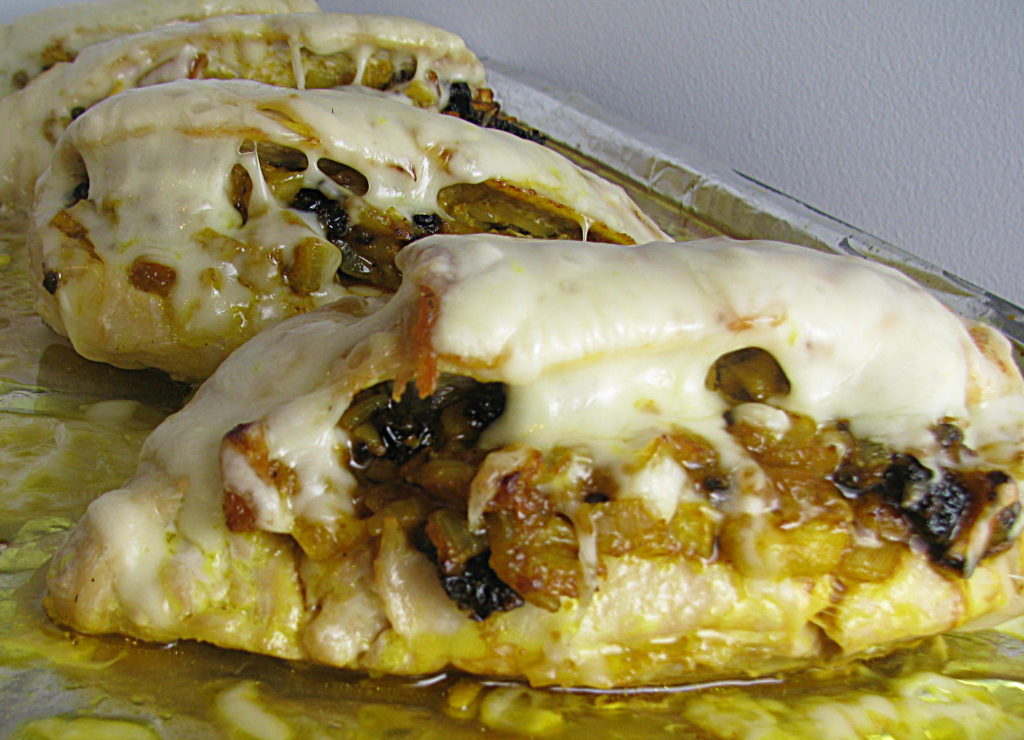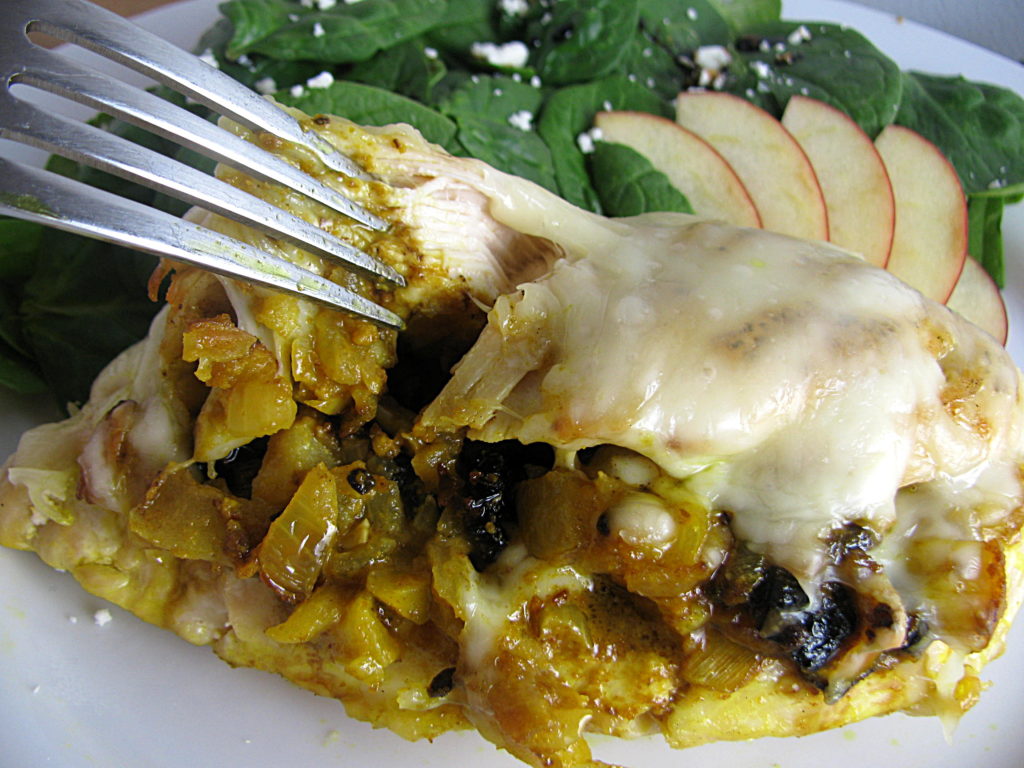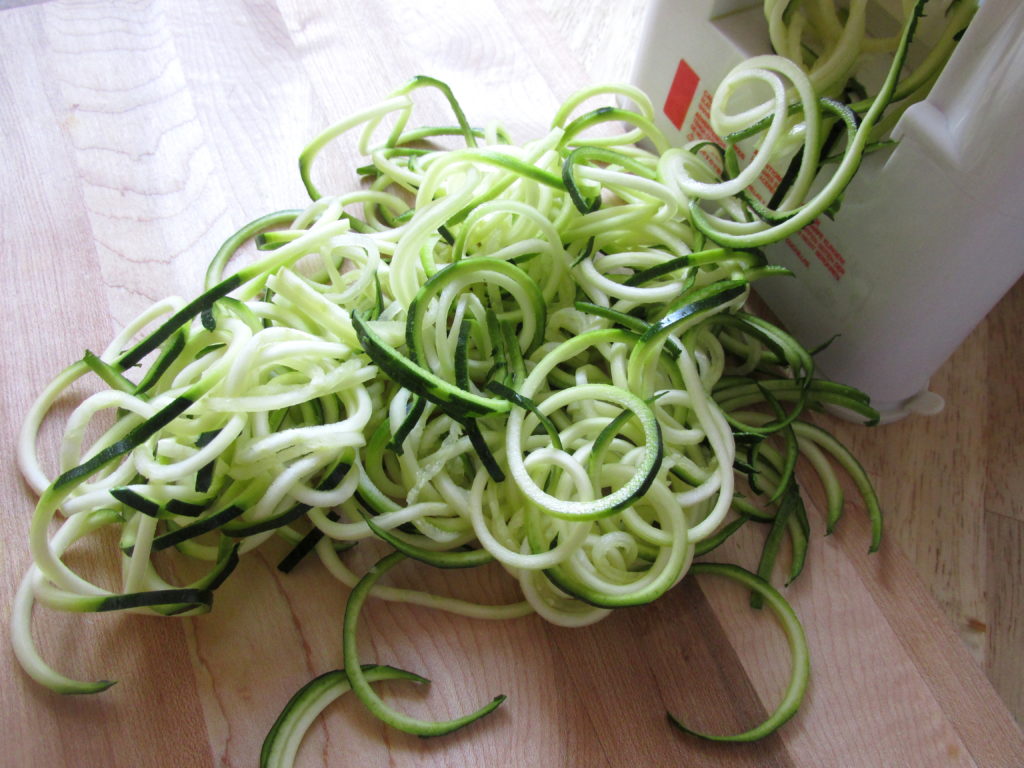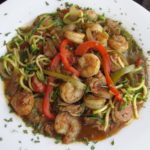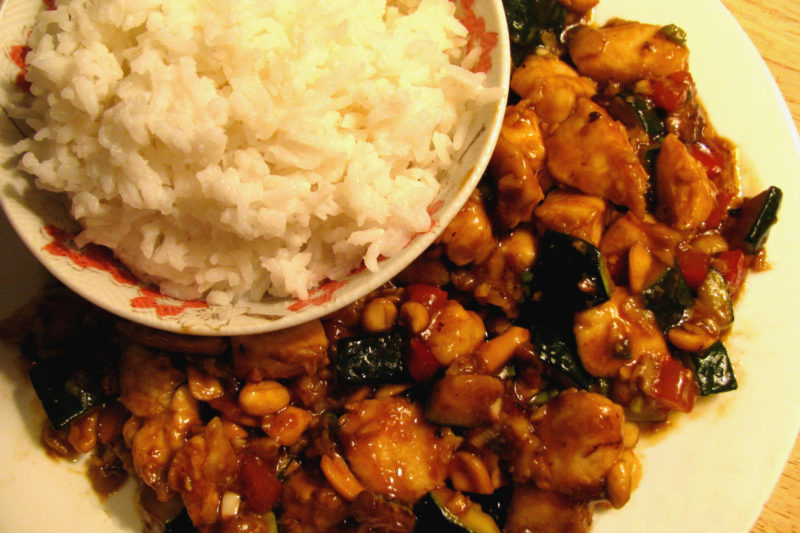It’s no secret that I’m kind of particular about what I eat. I physically don’t want to waste time and calories on something that doesn’t taste wonderful. French Toast is one of my favorite foods, but I find that it’s very hit or miss at restaurants. I know that sounds crazy, like how much can you really mess it up? Hear me out. A lot of restaurants make it with thick brioche or challah bread, which sounds great in theory. In practice it leaves you with French Toast that looks fine on the outside, but then you start eating and realize the inside is dry and flavorless, and you have to use twice as much syrup. Not that I’m knocking syrup – syrup is a gift to humanity.

There are two problems at work with sub-par French Toast: The bread, and the batter. The issue with the bread is that unless it’s stuffed with some delicious filling, you have to soak it long enough for the batter to penetrate beyond the outer layer, but you can’t soak it too long without it getting soggy. I find that the thicker the bread, the harder it is to control this, and bread that’s too thin just doesn’t stand up to the batter to begin with. The issue with the batter is that it needs to have more than egg and milk and a little cinnamon to yield really star quality results. It’s like the bread – you don’t want it to be too thin or too thick. Fortunately for all of us, I have the solution: the perfect French Toast bread, and the perfect batter to go along with it.

The bread I’m referring to is Pepperidge Farm’s Farmhouse Hearty White Bread. It lives up to its name, being much more substantial than a regular white bread, but it’s not the extra-thick bread many people seem to prefer for French Toast. It stands up to batter beautifully, absorbing it quickly without getting too soft. Since loads of French Toast is never a bad thing, I tripled the batter recipe to make enough to cook the whole loaf. It makes a ton, so it’s perfect for a big family brunch – or a small family brunch, if you know lots of perpetually hungry people like I do! To keep everything fresh and hot before serving time, transfer the cooked pieces to a tray/platter in a pre-warmed oven held at its lowest temperature while you finish working your way through the loaf.

The batter I use is from The New Best Recipe, and I haven’t changed the recipe except to add cinnamon. What I have changed is the method for preparing the batter. I’ll admit that it takes a bit of nerve to look at a recipe developed by America’s Test Kitchen and declare, “I can do better.” The first time I tried it, I followed it to the letter. And I spent 10 frustrating minutes trying to conquer lumps and clumps of flour that refused to whisk in. The flour is what sets this recipe apart, giving it a beautiful, crispy outside that keeps the inside tender.
To get a silky-smooth batter consistency, it’s important to begin by stirring the melted butter into the combined dry ingredients. A thick mess will form, and you’ll think I’m nuts. But stir in all the butter, and then add the milk and egg mixture very gradually until everything is combined and smooths to a paste-like consistency. Then, when you add the rest of the milk, it’ll combine with the paste, sans lumps. It’s amazing to me how such a simple alteration in the steps can yield highly improved results. The rest of the technique is straight-forward. The bread is soaked in the batter and then fried in butter to a deep golden brown. It’s not any harder than making a grilled cheese sandwich. The only trick is keeping an eye on multiple pieces as they brown.

This French Toast recipe gives you those lovely golden-brown edges, and it tastes as good as it looks. There’s a little sugar and cinnamon in the batter, along with a healthy dose of vanilla, so you get loads of flavor. Add a little drizzle of syrup, and make sure you get a second helping before it’s all gone, because this French Toast does not stick around long.
Perfect French Toast
Recipe adapted from "The New Best Recipe" by America's Test Kitchen
Ingredients
- 3 large eggs
- 6 Tbsps unsalted butter, melted
- 2 1/4 cups whole milk, divided use
- 2 Tbsp vanilla
- 6 Tbsp sugar
- 1 cup flour
- 3/4 tsp salt
- 1 tsp cinnamon
- 1 loaf Pepperidge Farm "Farm House White" Bread
- unsalted butter for frying
Instructions
-
Combine eggs, ¼ cup milk, and vanilla in a small bowl; set aside. Combine dry ingredients in a medium bowl. Melt the butter and stir into the dry ingredients thoroughly. Stir the egg mixture into the butter/flour mixture very gradually, and whisk until smooth. Add the remaining 2 cups of milk.
2. Preheat the oven to warm (about 200 degrees), and have a large platter ready.
3. Cut the bread slices in half (do the whole loaf at once – just open the wrapper down the top). Heat a 10 or 12” cast-iron skillet over medium heat. Add about 1 Tbsp butter for each of first few frying rounds, then add as needed. When the butter has melted, soak each bread slice in turn without saturating, about 20 seconds per side. Lift out and allow excess to drip off, and then immediately place in the hot pan.
4. Cook until golden brown, about 2 minutes per side. Flip or rotate half-slices as needed, to ensure even browning. Remove to a large platter in the warm oven until all slices are cooked and you are ready to serve.

